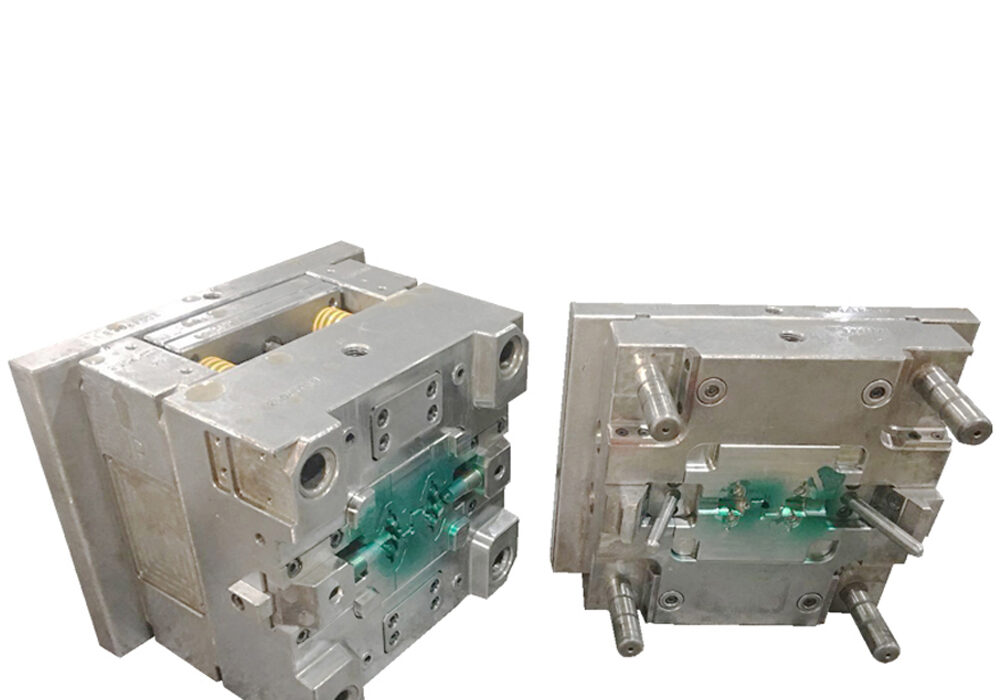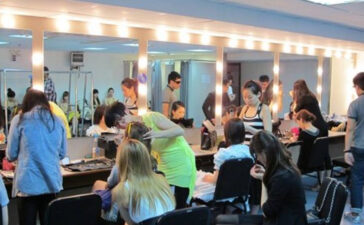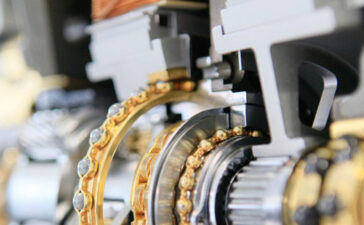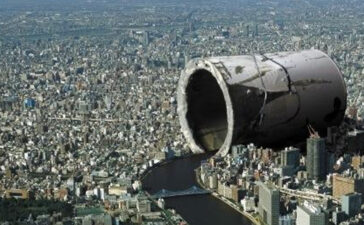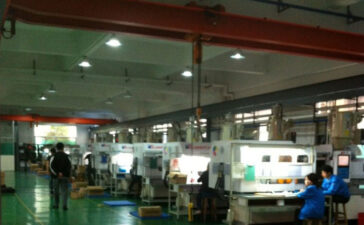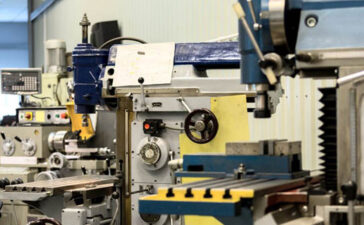Plastic mold plastic forming cycle:
- 1) Clamping — the mold is closed, generating high pressure
- 2) Injection—inject molten plastic into the cavity at a certain speed, pressure and metering
- 3) Holding pressure-after the injection section is completed, the plastic is still injected with a certain pressure
- 4) Cooling-the process of product cooling molding
- 5) Storage material-The screw rotates backward to plasticize a certain amount of raw material for the next injection.
- 6) Open the mold-the mold opens
- 7) Ejection-the product is launched after cooling and forming
- 8) Clamping starts the next cycle
Five major parameters are formed:
- 1) Pressure: Including injection pressure, holding pressure, clamping force, back pressure, spray pressure, water pressure, etc.
- 2) Speed: Including injection speed, opening and closing speed, storage speed, ejection speed, etc.
- 3) Temperature: pipe temperature, mold temperature, cooling medium temperature, original semi-dry temperature, etc.
- 4) Time: injection time, holding time, cooling time, molding foundation, etc.
- 5) Position: storage metering position, loose material, shot section switching position, holding pressure switching point, mold opening position, ejection position
Precautions for rubber mold design:
- 1. Mould steel, provide H13 or 420H
- 2. Leave 0.07 ~ 0.13 as the preload in the position of the soft rubber sealant
- 3. Hard rubber should be supported by steel, especially the back of soft rubber. The gap should not exceed 0.3s.
- 4. The softening temperature of the film and rubber should be at least 20, otherwise the rubber material will melt.
- 5. If it is TPE packaging, its exhaust depth is 0.01mm
- 6. The reasonable ratio of finished product thickness to plastic part thickness is 5: 4.
- 7. For TPE material, the gate should not be embedded with a thimble, and it can be changed to a straight top. The straight top after forming is preferably a square. The straight top and the hole should be smooth and the gap should be within 0.02mm.
- 8. The runner should not be illuminated, and the pattern can help the mold. The front mold should be dried, otherwise the front mold will stick.
- 9. The tpe shrinkage rate changes the depth of the grain.
- 10. What if the product is placed in front?(1) Front mold welding. (2) The front of the bottom is glued. (3) After the bottom of the mold is bonded (4) After the mold is formed, the mold is welded.
- 11. What should I do before the mold sticking?
Front mold and pop-up insert. The top of the insert is slingshot glue. The size of the slingshot glue is smaller than the maximum outer diameter of the insert.
What does it often say “sticky”?
1. “Packaging” is actually a secondary molding. The product generally includes a main part (hard rubber) and an external (soft) part. When the mold is manufactured, the hard plastic body is manufactured first, and the main hard plastic mold is designed according to the conventional design procedure. The design of the outer joint (soft rubber) mold should be based on the finished hard rubber, without shrinkage. The rear mold part is the same as the hard plastic body, and the rubber shape of the front mold is different. In the production, first put the plastic material of the hard plastic body outside Mold, and enter into the outer plastic injection molding production.
2. “Potting” features 1) The main hard rubber part of the mold design shrinks 2) “Potting” usually has two separate molds 3) The soft part of the mold is the same as the main hard rubber, with a small amount of cover And, the rubber material in this part should mainly discuss the rubber material with the main hard rubber. No need to pay attention to TPU material. The characteristic of the product is that it is relatively easy to mold. If the product can be used as a sand surface as much as possible, it is easy to demold! The fluidity of tpu is relatively slow, and the cooling period is long. As long as you pay attention to the production process, there will be no major problems!
3. Two-color mold
The standard practice for two-color molds is that soft rubber and hard rubber should shrink. The two molds are identical. The two molds are different. These two molds are installed on the injection molding machine. Consistent), after gluing the first hard rubber (small nozzle is glued in the glue), rotate the mold 180 degrees, the second is soft rubber, and then eject the product. This is called a two-color mold.
The hard rubber shrinks first, and the beer product is put into the second chamber soft rubber, and the hard rubber core (soft rubber does not shrink).
After injection molding, hard rubber will limit the deformation of soft rubber. You can wait for T1 and then compensate for the size.

